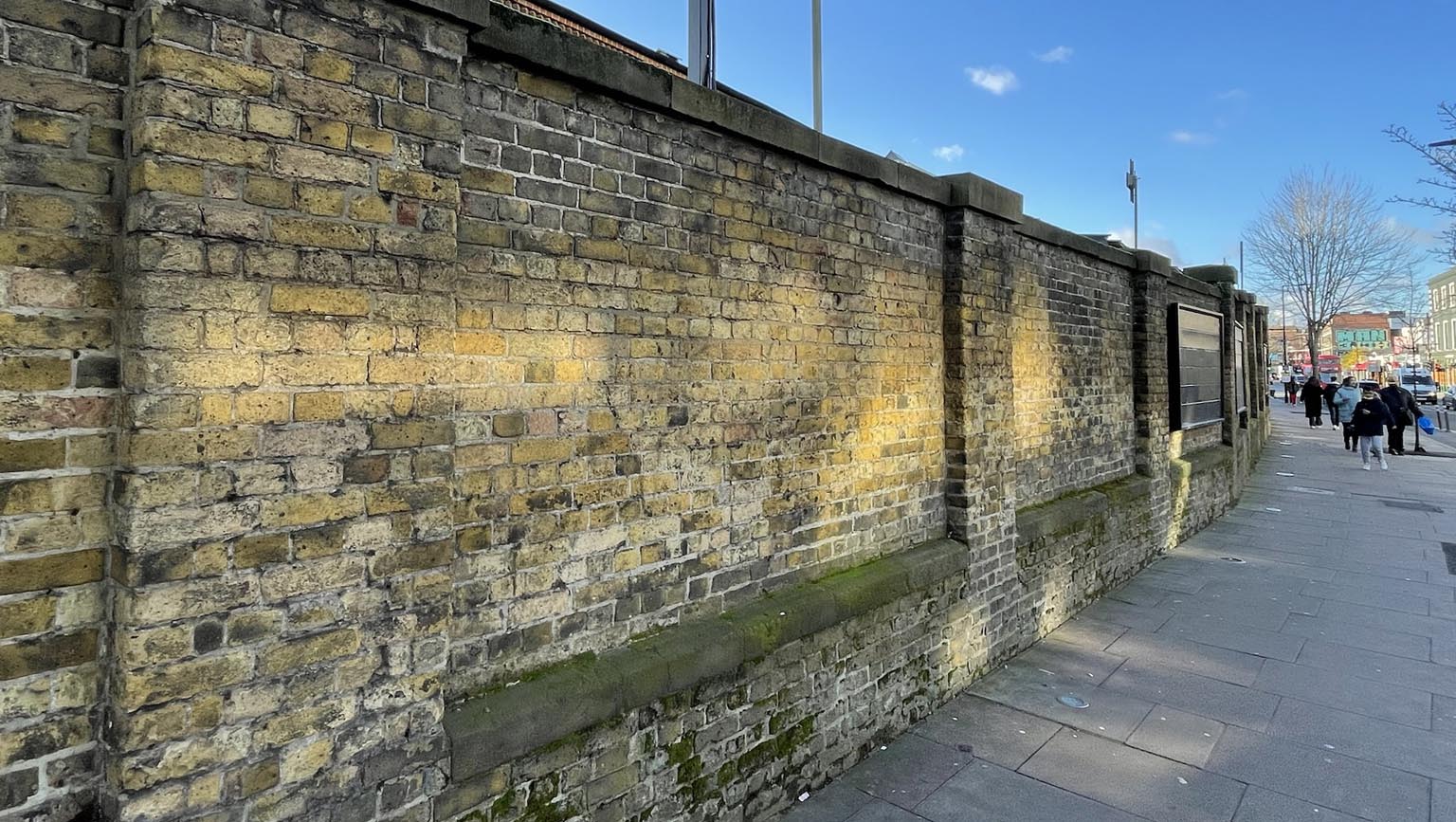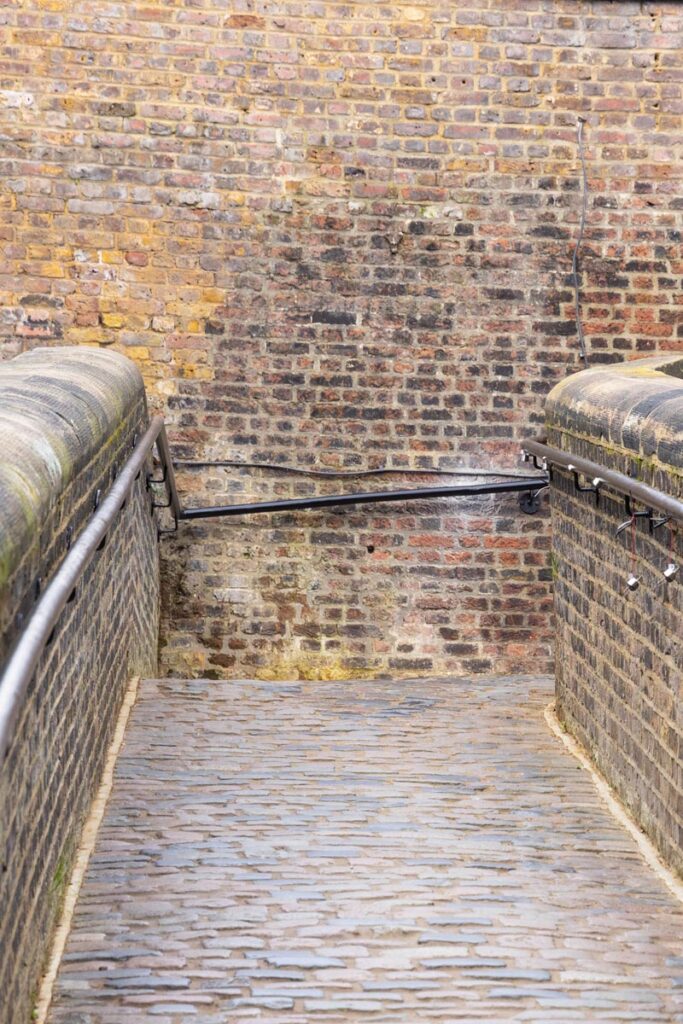
The ‘navvies’ of Chalk Farm: fist fights, rowdy pubs and raffling a dead body
Life was dangerous, drunken and relentlessly tough for the men who transformed the neighbourhood carving out the railways

To see Camden Market in a whole new light
Camden’s cobbled North Yard and its Grade II-listed stables buildings tend to be overlooked by Londoners, who often feel that they ‘know’ this part of Camden, despite not having ventured through the gates since they were teenagers in search of some DMs and a Che Guevara t-shirt.
Our current series of Secret Feasts dinner events is designed to shine a new light on this beautifully preserved testament to the capital’s industrial past, while also highlighting its most recent transformation into a food and entertainment hotspot.
In order to pique your curiosity further still, we’ve put together ten striking facts about this heritage site that reveal its previous importance to London’s supply of essentials such as coal, ice and gin.
1. The hulking ‘Great Wall of Camden’ (pictured above), is more than 6ft thick and hold in place thousands of tonnes of earth. The Victorians constructed the vast Camden Goods Depot here on land raised 15 ft with the spoil from digging local railway tunnels (see below). It is the pressure of all that fill that’s held back by the imposing wall, which once ran the full length of Chalk Farm Road and still boarders the North Yard stables today.
2. The whole of this area was nearly obliterated in favour of a six-lane dual carriageway leading to the M1. The proposed New Cross Route was one of many ambitious car-centric projects of the 1960s that thankfully never saw the light of day. The few that did, such as Paddington’s elevated Westway, show what Camden Town might well have looked like.
3. The stables here are the largest surviving such complex of industrial heritage buildings left in London today. At its peak, there would have been upwards of 800 horses working at the Camden Goods Depot. This Pathe video shows that as recently as 1949 these facilities were contributing to the movement of freight in the capital.

4. The big player in horse-drawn deliveries was Pickfords – yes, those removal vans people. The company dates from the 17th century and is one of the oldest surviving businesses in the UK today. Here in Camden Town they pioneered the interchange of freight from waterway and railway to bridleway.
5. Harnessing horse power required the elaborate construction of tunnels and ramps. It was safer to connect the yard to the stables via tunnels under the railway line to avoid startling the horses. Today you can shop in those very passageways, while the ramps up to first floor stables can still be seen, including the one made famous on the eponymous album cover by The Clash in the 70s.
6. The upstairs horse hospital is about undergo a dramatic transformation. When motorised vehicles finally did away with the usefulness of London’s fleet of horses, the 1970s saw Camden’s stables become a hotbed of antiques, exotic craft and general Bohemia. Later, the horse hospital became the music venue and art gallery, Proud, and this summer it will morph once more when immersive theatre experience Peaky Blinders: The Rise opens, along with hot new rooftop cocktail bar The Lucky Club.
7. The Camden Catacombs are a series of flooded underground vaults running directly underneath today’s West Coast Main Line. Originally, the incline of the hill up from Euston was too steep for steam engines to haul up heavy loads, so a rope running all the way from Euston to the Roundhouse turning shed was used to help, with the winding machinery housed in these amazing underground constructions.
8. Dead Dog Hole and a deep storage facility for imported Norwegian ice are among the area’s other buried industrial treasures. The ‘hole’ is actually a basin directly beneath the huge canal-side Interchange building, where cargo was once winched up from the barges below. Plans for its opening to the public have been mooted for years, but so far have come to nothing. Meanwhile, this April the Tomb Raider Live Experience opens up in yet more underground vaults right at the centre of North Yard.
9. Camden was once the global centre for gin. W&A Gilbey Ltd had a huge distillery and many bonded warehouses across the Camden Goods Yard area, shipping crated of the strong stuff worldwide. They even took over the Roundhouse after its days as a railway shed were over, using it as a secure warehouse for nearly 100 years. Today you can find Half Hitch, a micro distillery inspired by this long boozy history over in Camden’s West Yard.
10. Beyond the Roundhouse lies the source of all the earth that raised Camden Goods Yard. We recently covered the former tourist attraction of Primrose Hill Portals, which are well worth a visit. In fact, you can discover loads more about the hidden railway treasures of Camden by following this history walk. Have fun exploring.

Come and enjoy dinner in Camden’s historic stables at North Yard on three Wednesday evenings in March.
Camden History Society and the Camden Railway Heritage Trust have loads more on all these facts and figures, so do visit their websites.

Life was dangerous, drunken and relentlessly tough for the men who transformed the neighbourhood carving out the railways

The King’s Cross educational charity just keeps on growing

As a new range of tees and merch celebrates the iconic label